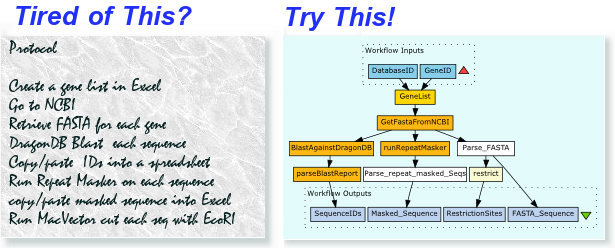The vote was for Mark to start working on jMoby… bad idea!
What is missing?
– asynchronous services
– Martin will put it into jMoby core. Eddie was very forlorn. Martin assured him that he is only going to repackage Eddie’s code but that Eddie’s code really was good! Using existing libraries is not a good idea right now because they are not up-to-date v.v. the specification.
– how do we handle BIIIG data?
1: Should we pass references to data?
2: Taverna’s upload server, ten pass references – a ticket is given to a service provider to grab the data from a URL.
3: iterator pattern in the Moby API
4: or we should use Web Services protocol to stream data.
v.v. possibility #1
Martin was right, Mark was wrong. The reference to data should be an attribute at the moby:Simple/moby:Collection level, not at the moby:mobyContent level. Should we do this using WSRF so that we can tell the service provider to destroy it when we’ve retrieved the data reference? We think INB should do this, since they’re the experts on WSRF.
Other possibilities will be discussed tomorrow

